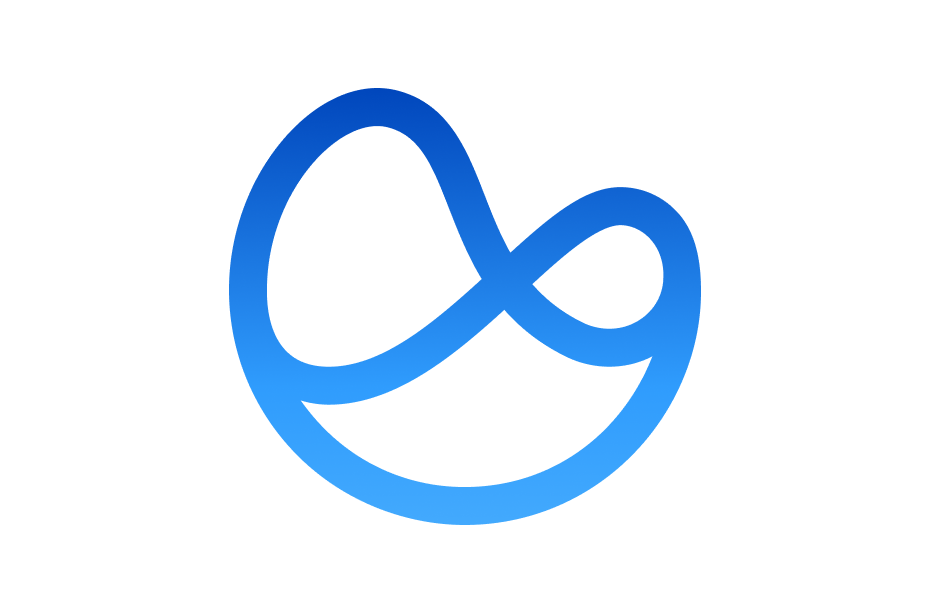Designing Care Models for Remote Patient Monitoring
Before the pandemic, Croydon Health Services NHS Trust, like most NHS trusts, was readily exploring innovation as a means to transform how they deliver out-of-hospital care – a key goal outlined in the NHS Long Term Plan. Croydon had identified virtual care and remote patient monitoring (RPM) technology as a key component of their digital transformation strategy. However, as the pandemic manifested, the necessity for such tools was brought to the forefront.
Patient cohort selection for virtual care models
Croydon had an immediate need to maximise hospital capacity for COVID-19 patients by improving patient flow and enhancing admission avoidance. The trust recognised that virtual care would allow them to safely monitor and manage complex cohorts at home and selected its community respiratory and rapid response teams to be the first to go live on Current Health’s remote patient monitoring platform.
Setting up virtual care models for success
To make virtual care a reality, the team had to reimagine each step of the care delivery process. Access to ICU-level clinical monitoring meant they could detect deterioration earlier and prevent hospital admission—but only if they had the right process to intervene early. Existing workflows were not set up to take advantage of the continuous stream of patient insights. This made setting the foundation for virtual care a critical part of the implementation which was something, Croydon’s programme lead recognised:
“When planning our virtual care programme, we recognised the importance of selecting a simple solution but also realised that we shouldn’t get too hung up on the technology. The part we needed to get right was the model of care. Technology cannot simply be overlaid on existing care pathways, instead, technology must be integrated carefully to generate novel pathways that can truly enhance patient care. This is something Current Health really understands and we have valued their expertise and input into our programme.”
Daniele Serdoz, One Croydon Programme Lead
Beyond supplying the monitoring technology, Current Health worked closely with the teams in Croydon to help operationalise all aspects of monitoring, managing, and engaging patients at home. This included everything from sharing best practices on how to engage with patients via daily surveys, reminders and video calling, to tailoring monitoring kits to individual patient needs. In the age of social distancing, training sessions were entirely virtual and a centralised repository of online training materials was created for ongoing support for clinical staff.
Within 6 weeks, the trust successfully launched its virtual care programme at the start of July. The programme promises to boost out-of-hospital care, benefitting hundreds of patients within the Croydon community.
Leveraging virtual care services and RPM for the long-term
With the continuing threat of COVID-19, requirements for social distancing, and changes in patient behaviour, healthcare needs to be provided in the person’s home where possible and safe to do so. With that in mind, Croydon hopes to leverage virtual care to support further clinical use cases and has recently enhanced its Rapid Response Team with a Telehealth Matron dedicated to leading the remote care programme.
To learn more about the results Croydon has achieved since implementing virtual care, download our case study.


![[Webinar Recording]This Way Home: Top 10 Predictions for Care at Home in 2025](https://www.currenthealth.com/wp-content/uploads/2025/01/DSG-846-JAN-WEBINAR-LINKEDIN-16_9-AD2-P2.jpg)